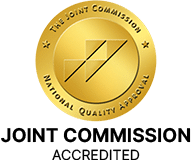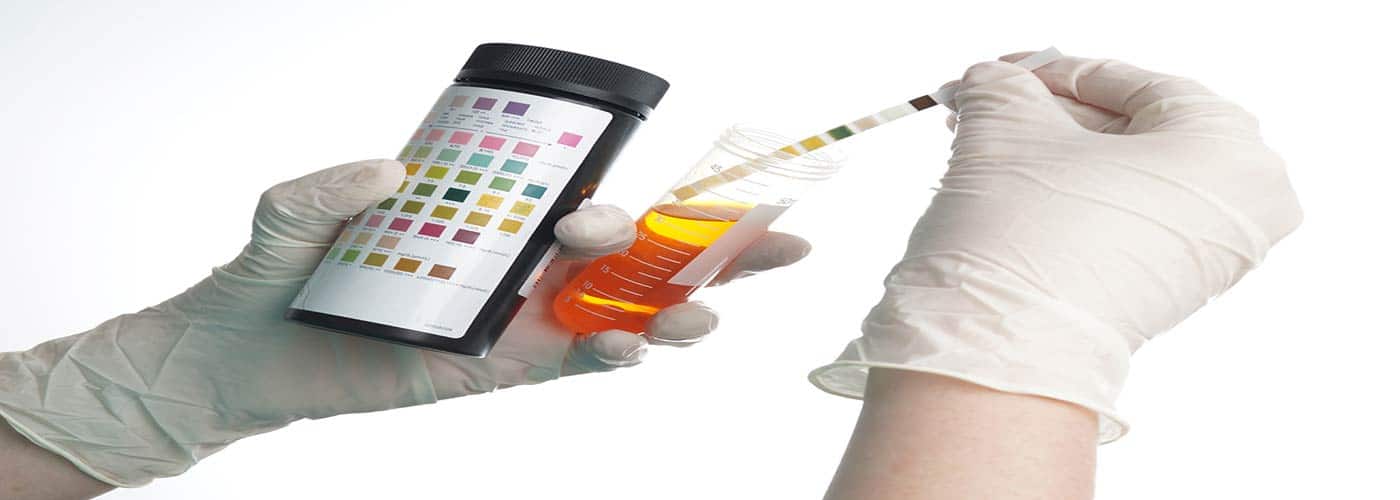Benzodiazepines are one of the most potent prescription medications and treat anxiety and panic disorders and sleep-related disorders. They are also commonly used to treat the symptoms associated with alcohol withdrawal while in medical detox.
Also commonly called benzos, this kind of prescription tranquilizer has a very high likelihood of abuse and addiction. Since they can be so habit-forming, they are rarely prescribed for long-term use. The strength of benzos ranges quite a bit. One of the lowest potency benzos being Valium, and one of the highest is Xanax.

The Fastest Acting Benzodiazepine
There are two benzodiazepines available that tie for the quickest acting. They are Valium, or diazepam, and Tranxene, or clorazepate. These prescription medications will begin working within the first 15-30 minutes after taking them. Ativan and Xanax are very close second and typically begin working 30 minutes to an hour.
The method of use will also determine how quickly you will feel the effects. The numbers above are related to taking the dose orally. Many benzos are available or are often abused via injection. In this case, the effects will happen almost immediately after they enter your system because they reach your brain much faster.
How Long Do Benzodiazepines Stay in Your System?
All benzodiazepines act similarly on the body but with different strengths and reaction times. They work on the body by affecting a neurotransmitter in the brain called gamma-aminobutyric acid. Neurotransmitters are responsible for sending messaged throughout the brain and the spinal cord. GABA is an inhibitor. This means it suppresses the functions of the spinal cord and brain. Essentially it is a central nervous system depressant that causes a calm and relaxed feeling on the body when taken. This is why they are so helpful in treating the symptoms of anxiety disorders and seizures.
Valium, one of the fastest-acting benzos, can stay in a person’s system for up to 10 days after taking it, but that is just true for the drug itself. The agents that are metabolized by the liver can stick around for much longer. The runner-up Xanax only stays in your system for approximately ten days.
High Risk Associated With Benzo Use
Like mentioned before, there is a very high risk associated with benzo use resulting in abuse and addiction. It does not matter which one is being taken. Once dependence and abuse have happened, stopping the drug can be very painful and even dangerous. This is called withdrawal. At this point, your body has become used to having the drug in your system and no longer knows how to function without it anymore properly. In its most severe form, it can cause seizures, strokes, coma, and even death.
When withdrawal is a possibility, we highly recommend getting help through a medically assisted detox. Here, a team of medical professionals, doctors, and addiction specialists will be able to treat your symptoms of withdrawal as soon as they occur. The main goal of detox is to provide a pain-free and safe process for you in a comfortable and supportive environment.
Overcome Benzo Abuse at Recreate Life Counseling
Once detox has been completed, we recommend you participate in one or more of our treatment programs; During this time, we will help you understand the cause of your abuse and addiction and provide you the tools you need to avoid these drugs in the future once you have returned home.
If you or a loved one is suffering from benzodiazepine abuse or addiction, just remember that there is a way out, and you do not have to go through this alone. Reach out to Recreate Life Counseling as we have addiction specialists ready to answer all your questions and help you find the best treatment option.
Published on: 2021-08-20
Updated on: 2024-04-18











